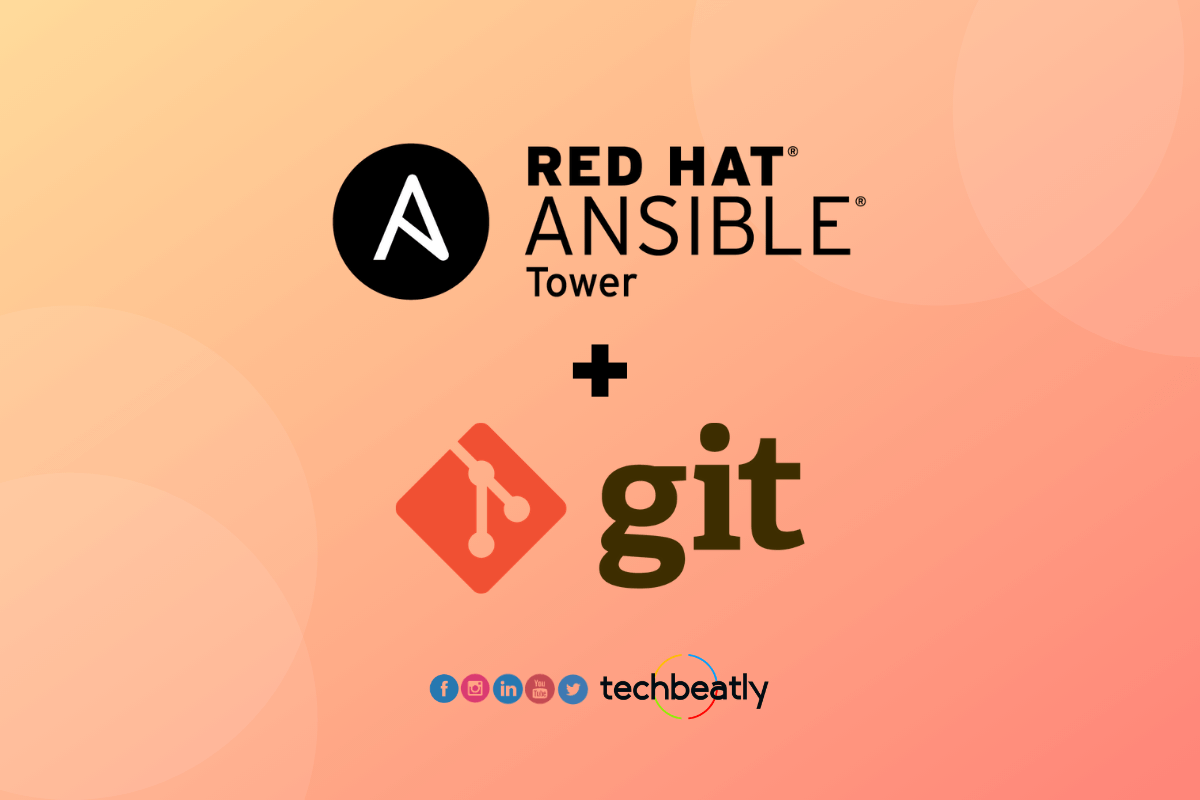How To Ask Technical Questions
-
 Gineesh Madapparambath
Gineesh Madapparambath
- Automation, Careers, Cloud
- December 29, 2022

Skip unnecessary introductions like “Hello, how are you?” and get straight to the point by briefly describing your issue and the technology involved.Have you ever received a one-word message like “Hi” in a group chat or forum? You reply, eager to connect, but then… silence. Frustrating, right?
A Typical Conversation
Someone in the Ansible group: “Does anyone know about the Ansible Jinja2 template? ”
(Me to myself: What the….! The group name is Ansible, what else we are discussing here then? )
Me/other group members: “ Please ask your question ?” (See, still we have patience and we asked nicely)
The same someone: “Anyone can help me on Jinja2 loops?” (Again!!!)
Me/other group members: “Please post your question here!”
Do you think this is effective communication?
Let us try something better
What if the person asks the question as follows?
Hello, my name is John. I am trying to develop a Jinja2 template in which I want to loop multiple dictionary values (as given in the following screenshots). I facing some issues when I use the dictionary values and I am not getting the correct output. Please see the playbook, template and sample variables below. Could anyone assist with this?”Wow! If I read that chat, I will spend 5 minutes reading and understanding the issue and reply to whatever I know!
Everyone saves the time
Asking Technical Questions – Best Practices
1. Avoid these questions
Instead of openers like “Can anyone help with X?” or “Anyone here with Y experience?”, get straight to the point. Briefly describe your issue and the technology involved. Try to avoid the following introductions and questions as those are a waste of time, be straight to the point.
- “ Can anyone help with the ABC issue?”
- “Anyone here with XYZ experience?”
- “Anyone worked on DEF stack?”
- “Hello, how are you?”
- “Any Kubernetes experts here?”
Example (Good): “Hello, I’m working on an Ansible playbook that uses Jinja2 templates. I’m facing trouble iterating through dictionary values. Could someone advise on the best approach?”
2. Search First, Ask Later
Before posting, utilize search engines like Google to see if your question has already been answered. Learning to find solutions independently is a valuable skill!.
3. Mind Your Language ; Use appropriate pronouns
Avoid casual greetings like “Bro” or “Sis” unless you know the community culture.
4. Use plain English
Use plain English for broad understanding. Local languages are okay if the group caters to a specific region.
5. Descriptive Titles
If possible, add a title to your question that summarizes your problem. This helps others understand your issue and saves everyone time.
Example (Good): “How to Install Ansible Automation Platform in a Disconnected Environment?”
6. Clarity is Key; Phrase your questions clearly
Formulate your question clearly and read it before posting for any inconsistencies. Include essential details about your setup (e.g., operating system, version) before or after the question itself.
Hello, this is Sarah. I have deployed the Kubernetes cluster on my laptop (Fedora 35) using VirtualBox and Vagrant. I can spin up the VMs and clusters but I am not able to connect to the cluster API from my host machine (which is my laptop). I have googled and tried some configurations but nothing helped to solve the issue.
Below is my Vagranfile and the guide/document I followed to deploy the Kubernetes cluster. Also, see the error message (screenshot) shared for reference . Could you please help with this?
For the best result,
- Avoid too much jargon as the group members may not be aware of such.
- Read the question carefully before you send it.
- Make sure the details are included in the question – before or after the message.
7. Show Your Efforts; Include the Reference Links
If you’ve already tried troubleshooting steps, mention them. This avoids duplicate suggestions and saves everyone time. If you followed a guide or encountered issues at a specific step, mentioning it helps others pinpoint the problem.
8. Code Snippets
- Code: Include relevant code snippets, playbooks, configurations, or error messages.
- Formatting: When using messaging platforms like WhatsApp or Telegram, ensure proper formatting for mobile readability.
9. Screenshot or outputs – Mandatory
Cannot copy-paste the code snippets or error messages? Take a screenshot and post it! DO NOT crop the screenshots so tight as the reading will not be easy on mobile devices. Also, make sure the screenshots are clear enough for the readers to read and understand.
Warning: Remember to mask the text if there is any sensitive information such as IP address, passwords or tokens.
10. Respect the Community and Privacy
When someone helps, continue the conversation publicly so others can benefit. Don’t direct message for help unless explicitly allowed.
11. Finally, Show Appreciation; please respond!
Respond to those who offer clarification or solutions. This lets them know their efforts were valuable.
12. Last but not least; Professional Branding
Use a clear and recognizable username across platforms for easy identification.
Takeaway
Instead of generic greetings, focus on providing clear and detailed information about your technical questions. This fosters a more productive and helpful online community experience for everyone.
Check some of the similar initiatives here.

Gineesh Madapparambath
Gineesh Madapparambath is the founder of techbeatly. He is the co-author of The Kubernetes Bible, Second Edition and the author of Ansible for Real Life Automation. He has worked as a Systems Engineer, Automation Specialist, and content author. His primary focus is on Ansible Automation, Containerisation (OpenShift & Kubernetes), and Infrastructure as Code (Terraform). (Read more: iamgini.com)
Note
Disclaimer: The views expressed and the content shared in all published articles on this website are solely those of the respective authors, and they do not necessarily reflect the views of the author’s employer or the techbeatly platform. We strive to ensure the accuracy and validity of the content published on our website. However, we cannot guarantee the absolute correctness or completeness of the information provided. It is the responsibility of the readers and users of this website to verify the accuracy and appropriateness of any information or opinions expressed within the articles. If you come across any content that you believe to be incorrect or invalid, please contact us immediately so that we can address the issue promptly.


